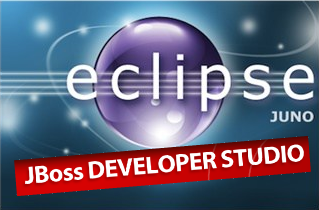Physics Engine – Introduction
I decided to document here my personal project: “Building a small Physics Engine” perfectly usable to build small/medium games.
My intention is to bring this series of posts as far as possible. During this journey anyway, although good code and clean architecture is always important and always a basic principle for the code I am going to write, I cannot assure that I will always bring this to the extreme for this project and I will probably take some short-cuts and some lazy choice for several reasons:
- This is a personal project
- I want just to have fun with it
- I don’t want to digress too much from the main argument
- The aim is to quickly (and happily) build a Physics Engine after all
- I don’t want to waste too much time refining something that I don’t really need (for now)
I will not explain everything in detail (there are books and books on the matter and it is not my intention to write a new one) and what I will state will not be necessarily complete and mathematically impeccable (some assumptions will be always along the way to simplify matters), but (hopefully) it will work! :)
I will assume a basic knowledge of some concepts, especially basic Maths/Physics concepts and operations. If something should not be clear just google it or ask it if you cannot find the answer you are looking for, I’ll try to answer asap.
We have to consider that there are several (sometime drastically different!) ways to obtain the same result or to simulate/model a concept. Some are better than others, sometime it is only or a question of personal preferences or can be that the results are only better in the specific context where we are using our (mathematical) model.
That said I will mostly use my personal preferences for techniques and methods, while I will use some less-efficient/precise ways when I reckon that I can save some developing time/resources and the result is still pretty acceptable. This is still a demo/personal-fun project and more fine-grained/polished/robust/efficient code can be added later on if anyone is interested. I will probably mention anyway some different techniques that I will maybe discuss more in detail even giving some examples if I will consider them worthwhile at the moment of mentioning them.
What about the source code?
Well, I will present code mainly in C# (I assume), but I do not exclude that I will show some concepts using C++ or even Java… just for fun and to have more examples :)… the important thing are the concepts after all… and the code, yes, the code!
I will give examples using DirectX, XNA or OpenGL and I will use (on my machine) Visual Studio (2005/2008/2010) or Eclipse… and yes, even the operating system will not be unique! I will use Windows or Mac (well… even Linux maybe… no ok, not for now, but it should not be difficult to implement with the existing material)!
This should give a broad view on how achieve things in different systems, using different libraries with different languages… what else? :)
So, let’s start from the basic, Math! Yes, Math is always the base :)… well, Geometry in this case.




Ooh, I love physics! The ‘simulating on computers’ version anyway… The biggest problem is that you cannot just post screenshots of stuff you did, you have to create videos all the time. You have to see it in motion!